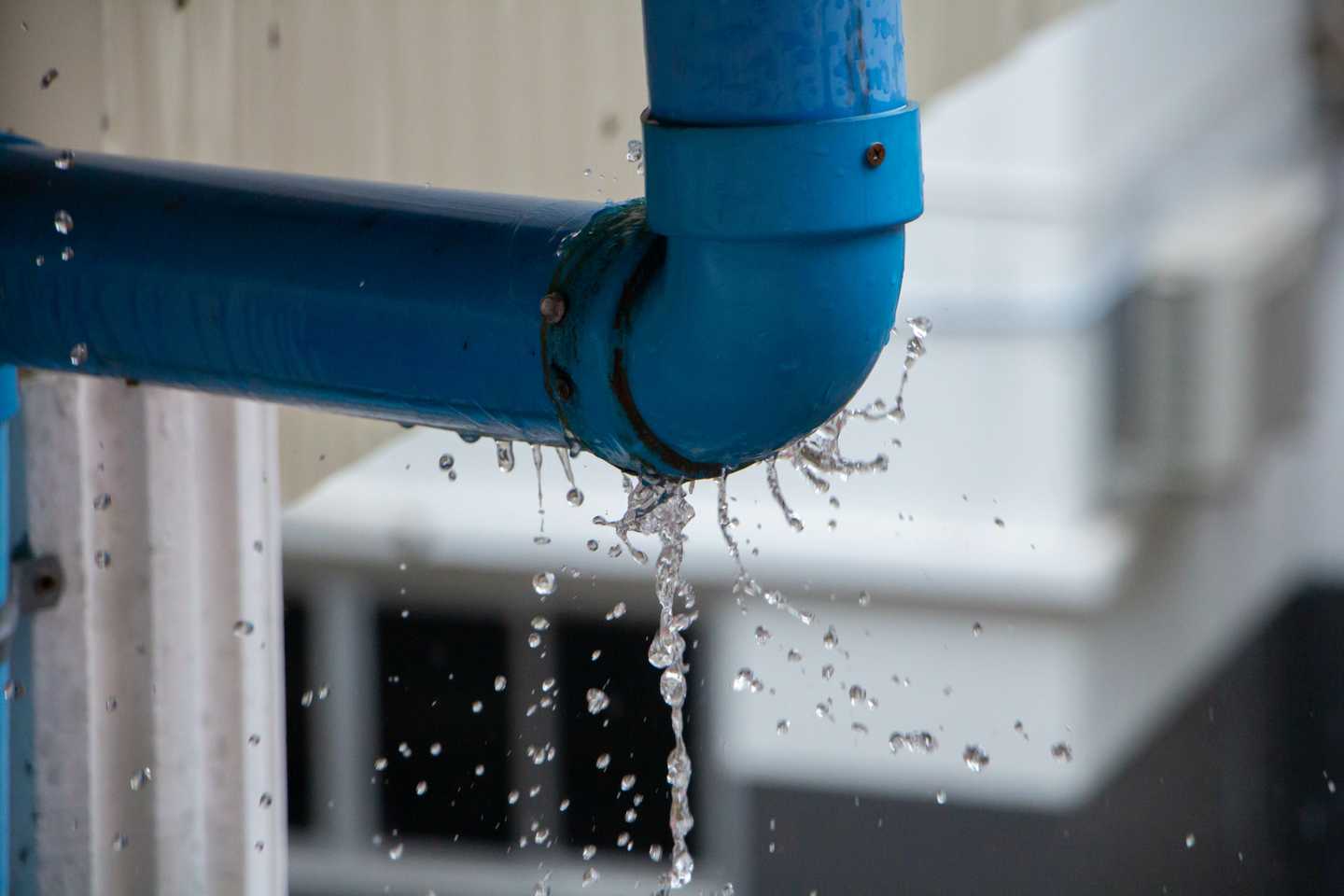
06 Mar Categories of Water Damage
CATEGORY ONE
water losses originate from a clean water source. For example, if a basement supply line leaks, the water travels through the dog poop on the floor that the homeowners were too lazy to pick up. Is that a cat 1 loss? How clean were the floors affected by the “clean water”? There is more to determining the loss category besides where the water originated.
CATEGORY TWO
water losses are approximately 75% of all losses based on my experience. Cat 2 losses include sump pump failures, toilet overflows, dishwasher discharge, and washing machine overflows, to name a few. But like others have mentioned, category 1 losses can and usually degrade to a cat 2 loss. Again look beyond where the water originated from because other factors, including indoor temperatures, air circulation, and cleanliness of the indoor structure, help determine the water category. Cat 2 water losses usually require a disinfectant to be applied to affected surfaces.
CATEGORY THREE
water losses are grossly contaminated and require PPE ( personal protective equipment ) and an AFD ( air filtration device ). Cat 3 losses require removing contaminated porous building materials such as drywall, carpet, carpet cushion, etc. However, for the life of me, I can’t understand why you don’t have to remove structural wood members?? Different topic for a different day. Cat 3 losses usually require HWE ( hot water extraction ) and a disinfectant on affected surfaces.
CATEGORY FOUR
water losses are specialty losses that if you are a newbie and dealing with this, then I assure you that you are incapable of handling this, and you should exit stage left. And yes, for you other responders, there is a category 4. Category 4 losses are water losses mixed with fuel oils, oil, or any other “out of the ordinary” chemical mixed with the water. These losses require environmental waste hauling companies. After removing chemically contaminated water, the loss is treated as a category 3 loss but requires more cleaning after removing contaminated building materials.
In conclusion, the IICRC S500 guide for water damage restoration is just that, A GUIDE. Usually, it is a minimum guideline to be followed. For example, in construction, building codes are a minimum guideline. The best builders go way above and beyond minimum guidelines, as do the best water damage restoration companies.